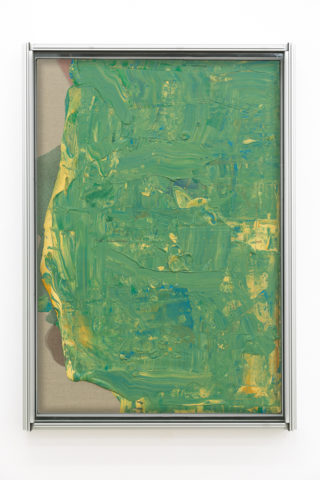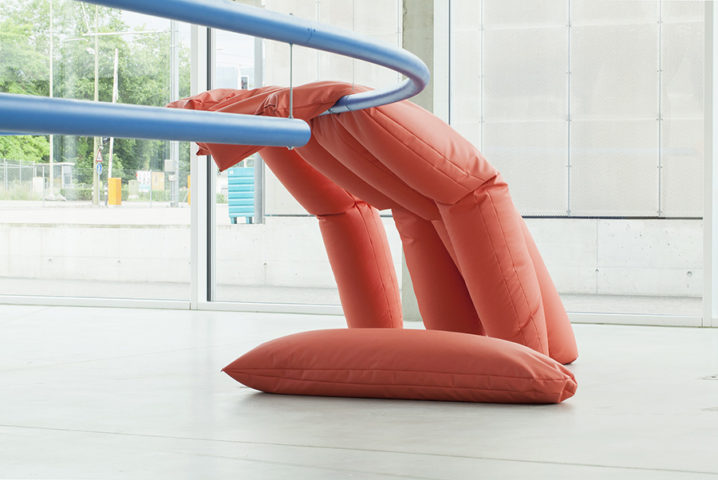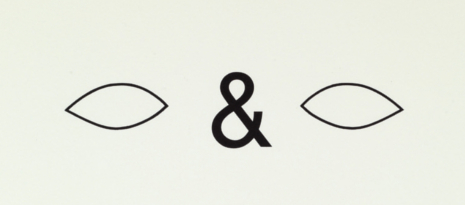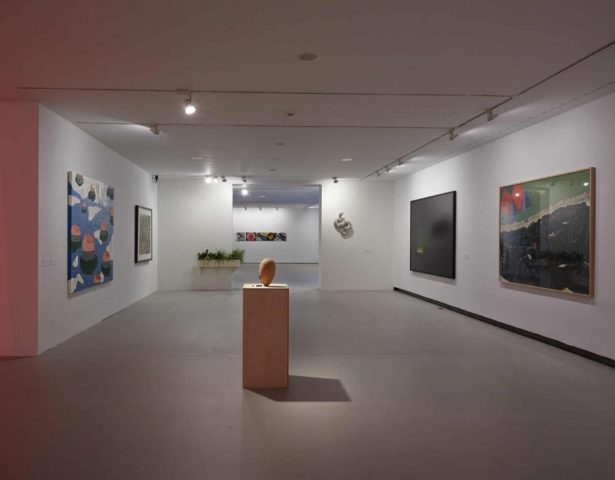Lisbon, 1956
Lives and works in Lisbon
Cabrita’s complex work can be characterized by an idiosyncratic philosophical and poetical discourse embracing a great variety of means: painting, photography, drawing, and sculptures composed of industrial materials and found objects.
His work has steadily received international acknowledgement, thus becoming crucial and decisive for the understanding of sculpture from the mid-1980’s onwards. By using simple materials that are submitted to constructive processes, Cabrita recycles almost anonymous reminiscences of primordial gestures and actions repeated in everyday life. Centered in questions relative to space and memory, his works gain a suggestive power of association which reach a metaphorical dimension by going beyond the visual.
The complex theoretical and formal diversity of the work of Cabrita proceeds from an anthropological reflection, which is contrary to the reductionism of sociological discourse. In fact, it is on silences and indagations that the work of Cabrita is based and built on.



